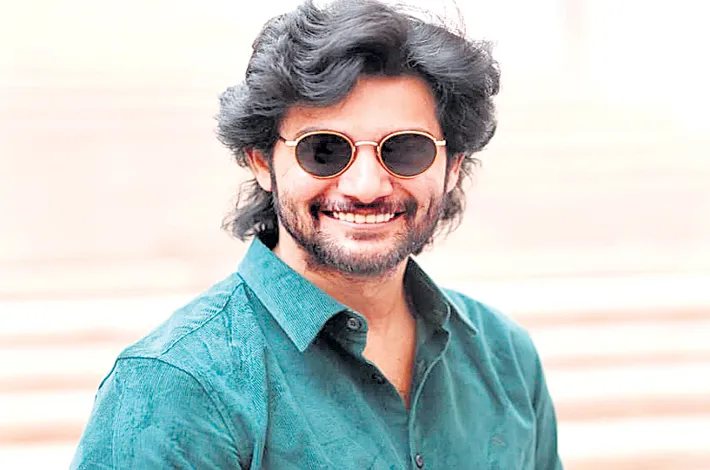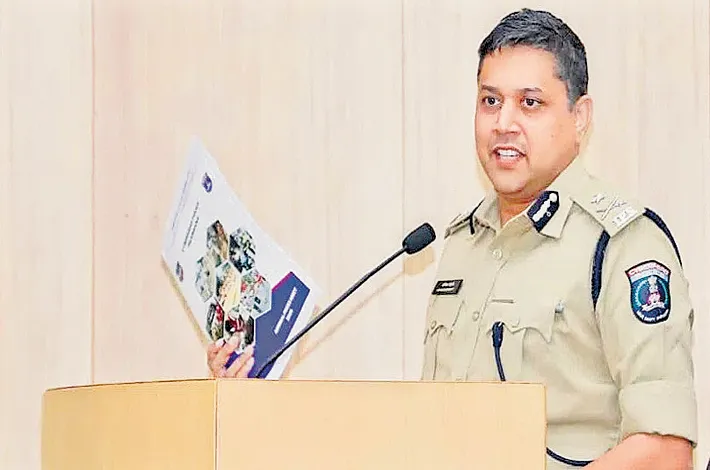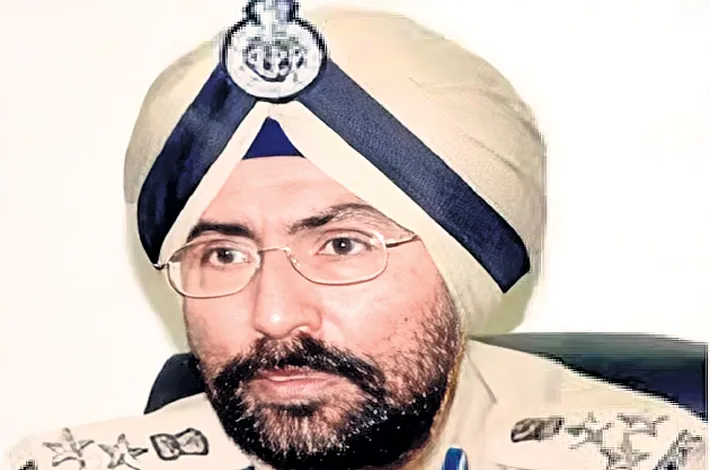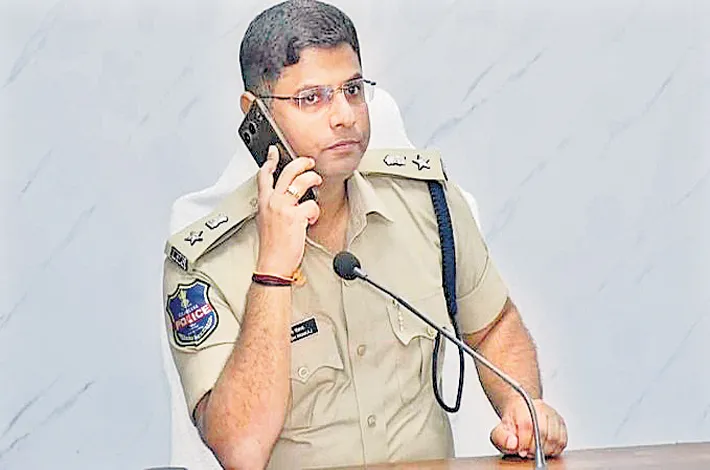Chidambaram’s remarks, insult to Indira’s sacrifice
30-10-2025 12:00:00 AM
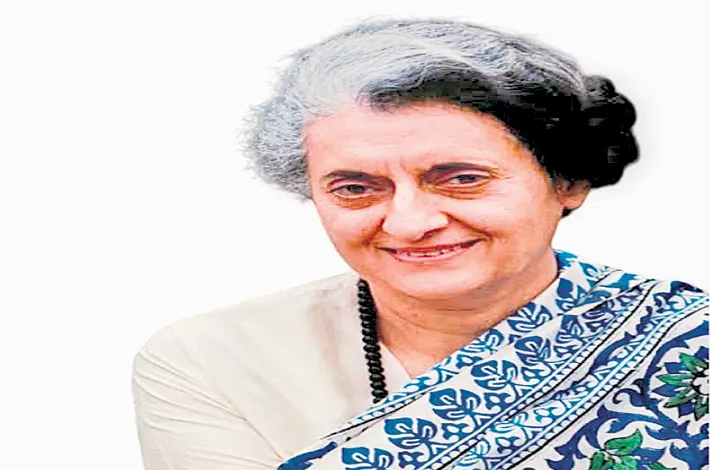
Venkat Parsa I hyderabad
Former Union Home Minister P Chidambaram recently kicked up an unseemly controversy at the Khushwant Singh Literary Festival in Kasauli about Operation Bluestar planned and carried out by Prime Minister Indira Gandhi to flush out terrorists holed up in the sacred Golden Temple in Amritsar in 1984.
Chidambaram surmised that Operation Bluestar was a wrong decision, that there were other ways of achieving the objectives and that "Indira Gandhi paid the price for it." This was a rude reference to her tragic assassination on October 31, 1984, within four months of the launch of Operation Bluestar on June 5, 1984.
It is far-fetched for someone to presume being privy to knowledge of wider options and that Indira Gandhi had an ostrich-like limited view within which she acted. Indira Gandhi was personally working on the Punjab issue ever since she returned to power in 1980. She conducted negotiations with the Akali Dal.
In her broadcast on All India Radio on June 2, 1984, Indira Gandhi said, “In spite of the vitiated atmosphere, we kept talking to Akali leaders in the hope of reaching an understanding. To our great disappointment, issues could not be clinched. Whenever settlement seemed in sight, they came up with fresh demands, or hardened their attitude on matters earlier agreed on. The leadership, which started the agitation, seems to have lost the will and capacity to control its consequences.”
She appealed to the Akali Dal to accept the framework of settlement outlined by the Government. On any particular misgivings or doubts, they could sit across the table to sort it out. “In a democracy, the right and only way to settle problems is through discussion,” she insisted. On June 1, 1984, talks broke down. Left with no other option, she gave clearance to the Army for Operation Bluestar.
In fact, situation was steadily deteriorating in Punjab. In July, 1982, Akali Dal President Sant Harchand Singh Longowal invited Sant Jarnail Singh Bhindranwale to come and stay in the Golden Temple Complex in Amritsar, in order to evade arrest. Later, Bhindranwale did come to stay in Golden Temple, converting it into a veritable fortress, with huge armoury of weapons, flush with anti-tank missiles and Chinese-made rocket-propelled grenade launchers.
P Chidambaram, and his ilk, should know that this was the real desecration of the sacred Golden Temple, not Operation Bluestar. If anything, it was launched to flush out the terrorists and cleanse the Golden Temple of the deadly arsenal, restoring to its sanctity.
Indira Gandhi knew the Khalistan Movement, demanding a separate Sikh homeland, was aided and abetted from Pakistan and the United States. In 1968, Indira Gandhi had set up the external wing of the Indian Intelligence, called Research & Analysis Wing (RAW). The RAW received tip-off from the then Soviet Union Intelligence, KGB, about the United States Central Intelligence Agency (CIA) and Pakistani Inter-Services Intelligence (ISI) plotting together a Punjab Plan. RAW received information that Pakistan Army dispatched over 1,000 trained Special Service Group commandos to assist Bhindranwale.
Grim Situation
The Government had to act decisively to save the situation from spiralling out of control. Indira Gandhi was compelled to consider Army action, as it became inevitable in 1984. At the same time, Indira Gandhi was particular that the Army should not open fire at Harmandir Saheb, even in the face of gravest provocation. The Army took worst casualties to refrain from opening fire at Harmandir Saheb. But from the Akal Takht came heavy firing at the Indian Army.
Eleventh Hour Change
In fact, Indira Gandhi took the decision on Operation Bluestar on May 25, 1984, in the light of Army Chief General Arun Shridhar Vaidya's assurance of “a maximum show of force, but a minimum use of it.” The plan was to lay siege to Golden Temple, cut off supply and communication lines to force the terrorists to come out, without the Army having to enter Golden Temple.
At the eleventh hour, the plan got changed. On May 29, 1984, General A S Vaidya called on Indira Gandhi for revision of his plan. His viewpoint was that a siege would prolong the operation that could potentially destabilise the surrounding countryside. A surprise attack and a quick entry was the best way to deal with terrorists holed up inside the sacred Shrine.
Indira Gandhi cleared the alternative plan. Act, she had to. Strategy was changed in the light of potential risks involved in not entering the Golden Temple to quickly bring to an end the Army Operation. This was based on the field assessment of Lt General Krishnaswamy Sundarji, who was in direct command of the operations.
Escalating Violence
Ever since Indira Gandhi launched her efforts for negotiated settlement, terrorism took an ugly turn. On April 24, 1980, Nirankari Sect head Gurbachan Singh was murdered. On September 9, 1981, Punjab Kesari founder-editor Lala Jagat Narain was murdered. Spectre of terror unleashed by Bhindranwale loomed large all over Punjab. Bhindranwale declared that he would reward the killers of Gurbachan Singh and Lala Jagat Narain.
Bhindranwale used vituperative language in his speeches against Hindus. There was phenomenal rise in violent incidents like bombings, bank robberies, dragging out Hindu passengers from buses and killing them, attacks on police and railway stations and similar other activities.
A staunch nationalist to the core, Indira Gandhi never backed out, when faced with situations posing grave and direct threat to national unity and integrity. Emergency in 1975 and Operation Bluestar in 1984 were unpopular but unavoidable decisions. Indira Gandhi had the instinct to act decisively, when the situation so demanded, unmindful of how such a decision could ultimately harm her reputation. That makes Indira Gandhi truly stand apart.
(The concluding part will appear on Friday) (Venkat Parsa is a senior journalist based out of New Delhi.)





